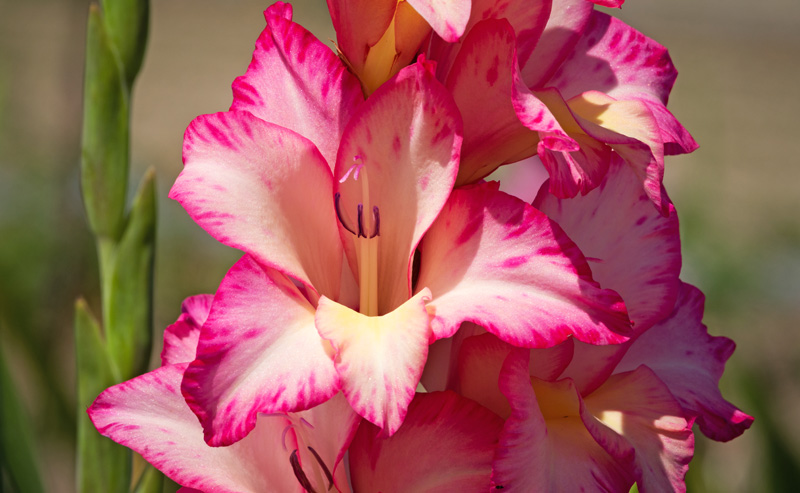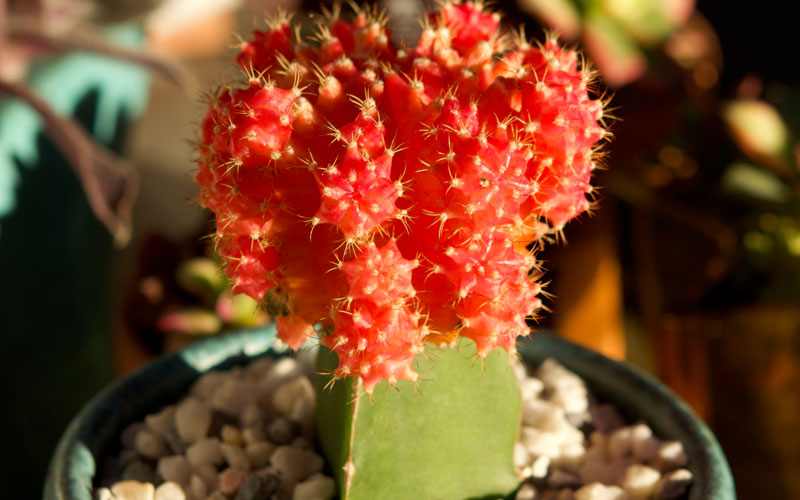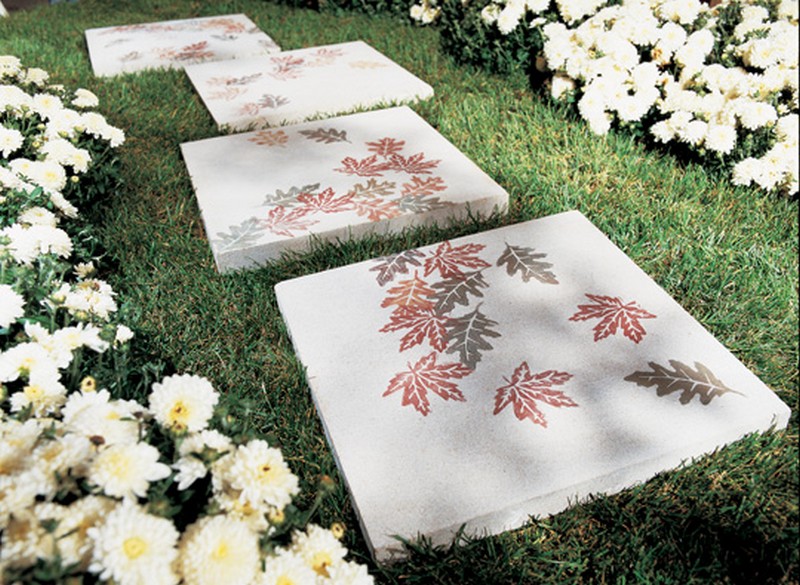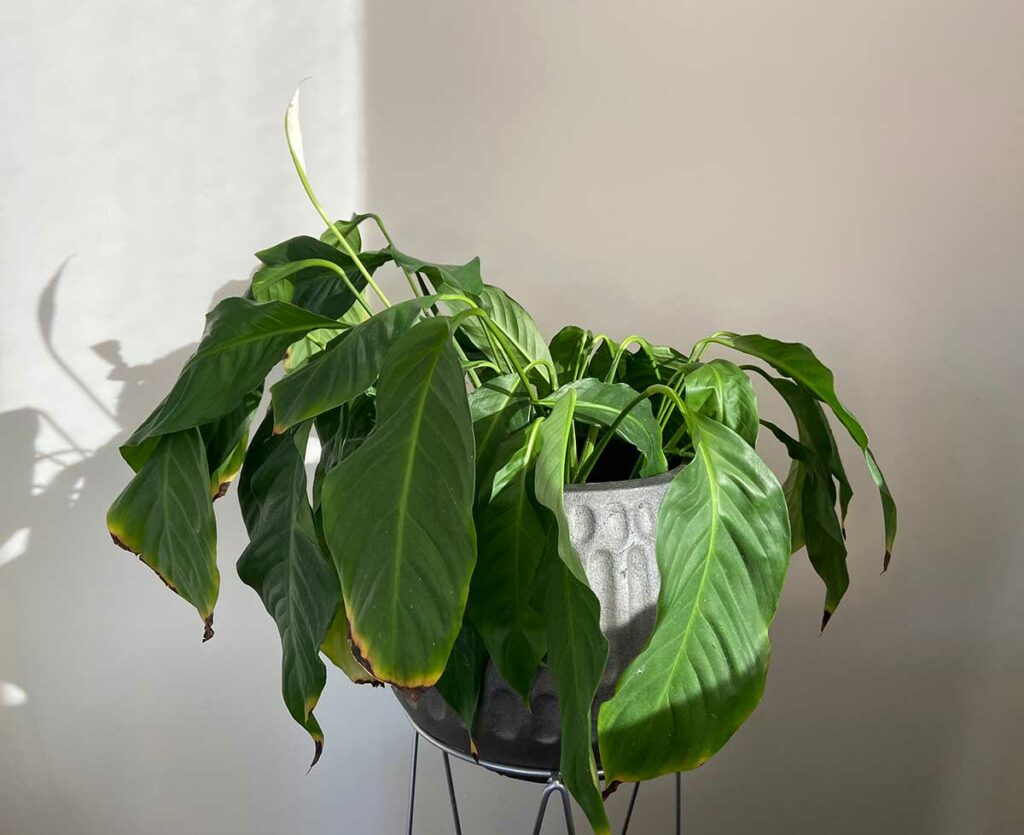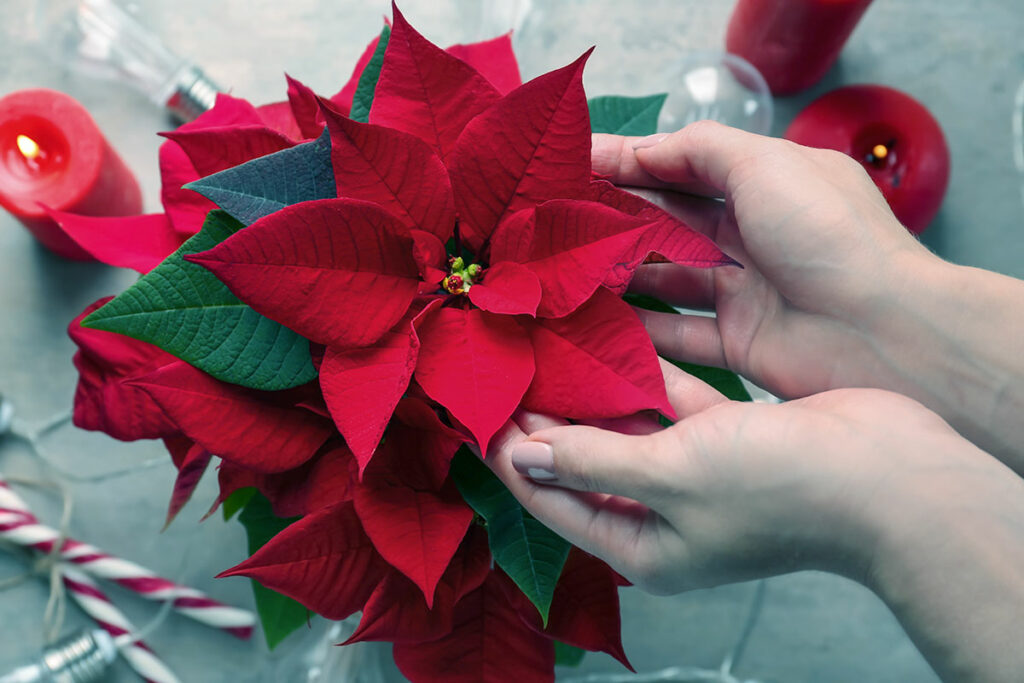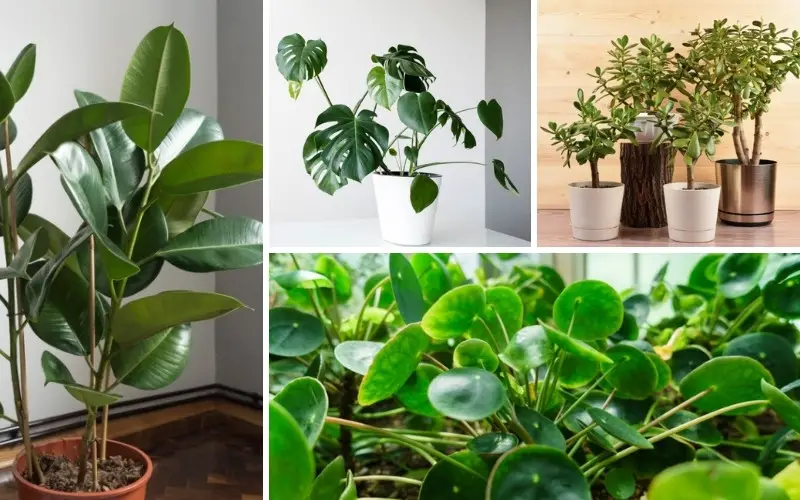
When we think of money plants, we often think simply of the Chinese money plant, a common variety with the words “money plant” in its name. However, money plants actually refer to a broad assortment of hearty plants said to bring good fortune and financial wellbeing to the plant owner.
This article will discuss five common types of money plants, including what to expect when they’re grown indoors and how best to care for them.
Chinese Money Plant (Pilea Peperomioides)
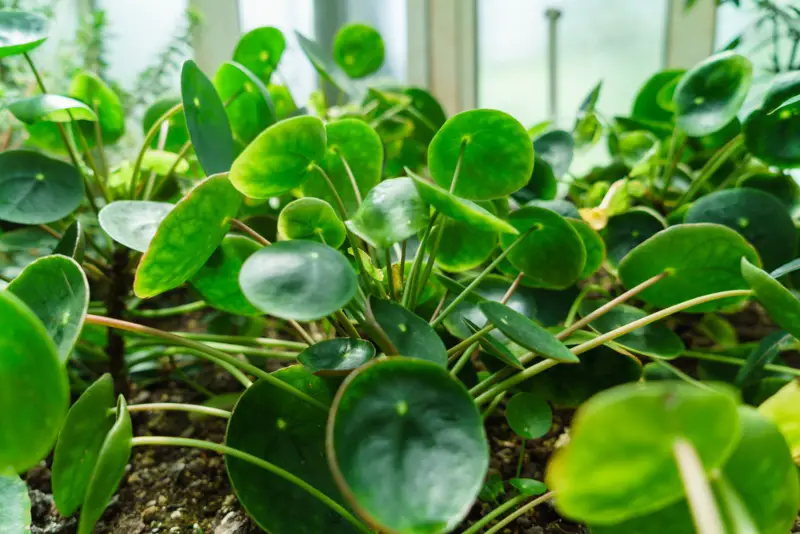
Thanks to its bright and bushy growing patterns, the Chinese money plant is a favorite among house plant lovers. With thin stalks and coin-shaped leaves, the Chinese money plant makes a great addition to a plant collection because of its beautiful foliage but manageable size.
Native to China’s Yunnan province, these cheerful plants are relatively easy to care for and offer year-round appeal. They require bright, indirect light and are resistant to colder temperatures, tolerating temperatures above freezing. In fact, exposure to colder temperatures may encourage it to produce its signature small, white flowers.
Avoid placing your pilea in direct sunlight to avoid scorched leaves, and make sure you plant it in well-draining soil that you allow to dry out completely before watering again. Take care to rotate your Chinese money plant regularly, as their leggy leaves can quickly become asymmetrical.
ZZ Plant (Zamioculcas zamiifolia)
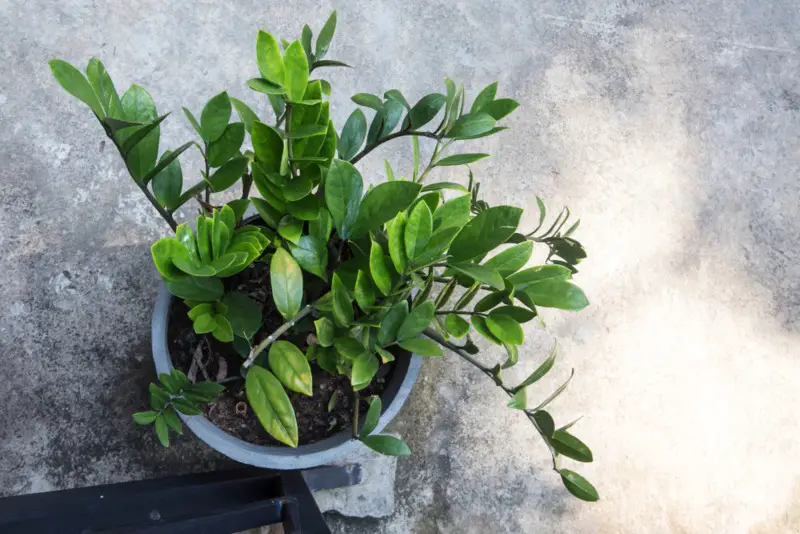
The ZZ plant is an excellent beginner plant for those just starting their houseplant collection, as these striking plants are exceptionally low-maintenance. With tall stalks that can reach up to three feet and dark, waxy, almond-shaped leaves, ZZ plants are sure to be a favorite.
Originally from Africa, ZZ plants require very little water and can handle large amounts of direct sunlight. However, they’ll also tolerate extremely low light, making them an easy plant to move around your house on a whim. These plants are slow-growing enough that you won’t have to re-pot them frequently, especially if you’re not concerned with growth.
Place your ZZ plant anywhere you like, water them whenever the soil is completely dry, and appreciate how low-maintenance this gorgeous plant is!
Swiss Cheese Plant (Monstera deliciosa)
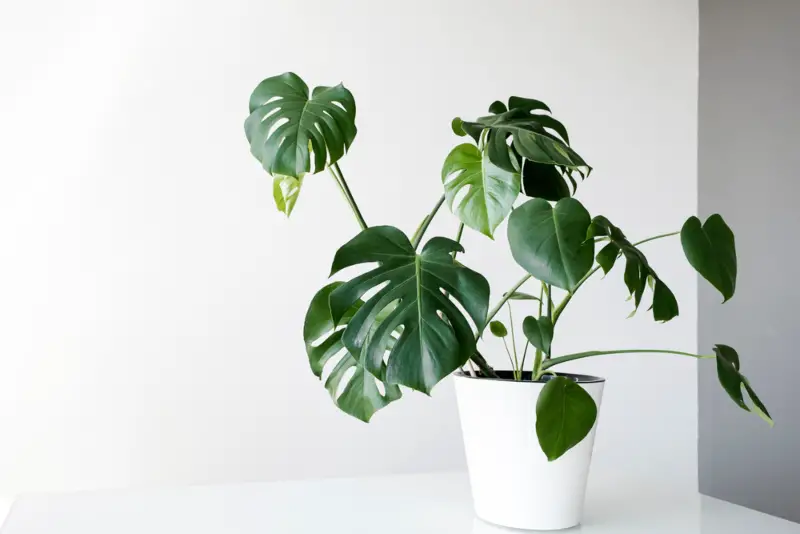
One of the most popular houseplants around, the Monstera deliciosa, often referred to as the swiss cheese plant, or simply monstera (although there are several other varieties), are sure to be a statement plant in your home. These gorgeous plants have large, fanning leaves with fenestrations that give them their trademark look.
This intermediate plant is originally from Central America, where it vines up large trees. Because of this, it can’t handle direct sunlight and prefers bright, filtered, indirect light. Monstera deliciosa do best in warmer weather but be careful that your swiss cheese plant isn’t getting too much sunlight, or you’ll begin to see its leaves burn and brown around the edges.
Swiss cheese plants need well-draining soil and do best if their soil is kept relatively moist; water thoroughly whenever the first few inches of the soil are dry until water begins draining out of the bottom of the pot.
These plants thrive in humid conditions, so if you have a sizeable swiss cheese plant, don’t be afraid to simply put it in the shower and walk away for 10 minutes every few waterings. You can also mist the plant’s leaves between waterings to keep it healthy and happy, especially in the summer months.
Jade Plant (Crassula ovata)
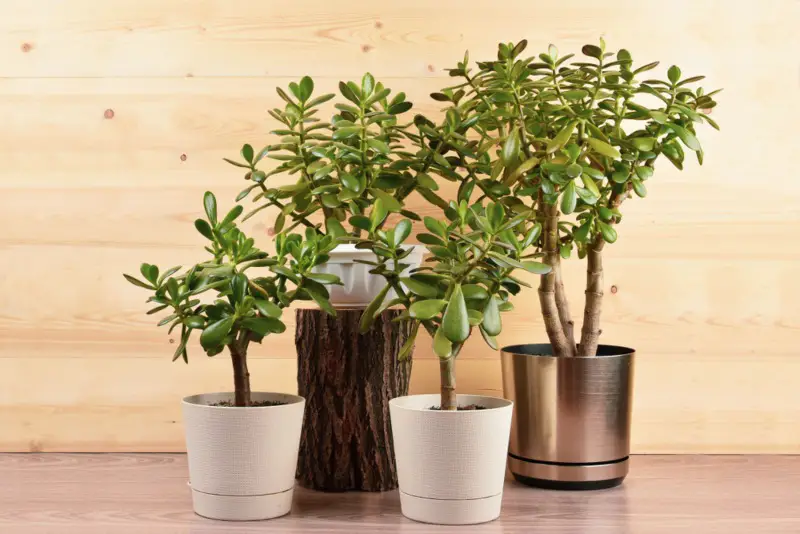
Jade plants are gorgeous succulents and are very easy to care for once you get the hang of them. Jade plants are initially from South Africa and thrive in bright, sunny conditions. They have thick stems that grow upwards, with shiny, stout, green leaves that sometimes turn red around the edges if overexposed to sunlight.
Keep your jade plant in bright, indirect light, and water it whenever the soil dries out completely. Don’t forget these beauties are succulents, so be cautious of over-watering! This low-maintenance plant requires very little attention from you, but don’t be surprised if you barely notice it grow. Jade plants are slow-growing but can live very long and, in ideal conditions, can grow up to six feet.
Keep in mind that jade plants are highly toxic to cats and dogs, so make sure to choose a spot in your house where it will be out of reach.
Rubber Plant (Ficus elastica)
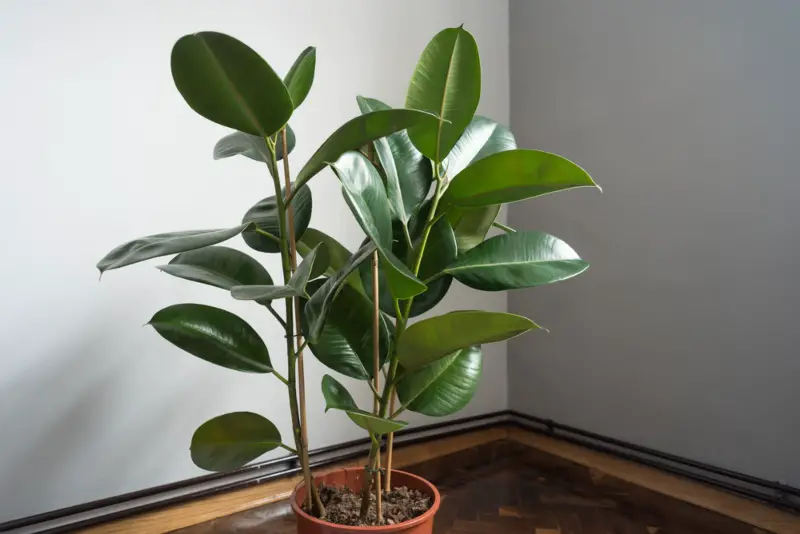
Last but certainly not least is the rubber plant. These gorgeous plants, native to South and Southeast Asia, can grow extremely tall and have large, broad, waxy leaves that grow in a variety of colors. The classic houseplant grows deep, dark green leaves, while the popular “Ruby” variety has variegated light, bright green, and pink hues.
Rubber plants are perfect beginner plants that require very little but offer so much. They do well in bright, filtered sunlight, and their needs vary by season. They will require very little water in the winter months, only about once or twice a month, and need well-draining soil and pot. However, in the summer, it’s best to keep their soil moist as this is when they’ll do the majority of their growing.
If space is a concern, your rubber plant can tolerate being relatively root-bound and will do fine when planted in a smaller planter; it simply won’t grow to be very large. However, given the time and space, these plants can turn into gorgeous indoor trees, so if you’re looking to grow your rubber plant, make sure to re-pot every year or two.
Conclusion
These five different types of money plants are sure to liven up any house or apartment, and for the most part, are relatively easy to grow. It’s believed that money plants bring good fortune to those who own them, and these plants complement each other and would be a great beginning to any plant collection.
Plants like the rubber plant and the swiss cheese plant grow large and tall, while others like the Chinese money plant and the ZZ plant typically stay relatively small, topping out at around three feet (although a small ZZ plant is likely to stay that way for several years at least). If you follow the basic needs of these plants, they’re sure to keep your home bright for years to come.

